Unicorn Overlord was just dropped into my lap out of the blue. Well, out of my boyfriend’s hands, I guess. I was playing Palworld when it happened. “I thought you might like playing this more than Palworld,” he said, having just opened one of those distinctive plastic Amazon envelopes.
Well, I guess. I was really enjoying Palworld, but games like Unicorn Overlord don’t come by every day. I already had “Kill the Justice League” that I was supposed to be playing, and Dragon’s Dogma II on the way, and I didn’t think I would have the time to play a tactical RPG in between. All the Ogre Battle games take at least a hundred hours.
But… I didn’t want to seem ungrateful, so I loaded it into my PS5 and… well, I haven’t come back up for air in over a week.
Unicorn Overlord is a real-time tactics RPG, in the vein of the Ogre Battle series mixed with a little Fire Emblem. There is an overworld that you will wander around and do RPG things, like trading, gathering resources, chatting with NPCs and so on. Scattered around the map are banners that indicate a battle.
Battles always take place on a separate map with at least one home base and at least one objective marker, that you must capture. The battle map works in real time, though the game can (and should) be paused to bring out new units and to give units order, to use consumables, and so on. When one of your units come into contact with an enemy unit, the two units battle automatically. If this was a story mission, then the story might advance a bit before the fighting begins.
You can’t control the characters while they are fighting, but you can use a gambit system very similar to Final Fantasy XII’s similar system to influence when your troops heal, use big attacks, and so on. All units have a base AP (action point) and PP (passive point) budget, which can be increased or decreased with gear and levels, or as the result of certain actions. Every action takes some action points; run out of actions and the unit can’t do anything; when all combatants have run out of AP, the battle ends. PP is spent on passive abilities, such as support magics, guarding units, and so on.
You play Alain, a young prince whose mother, a queen, was killed while saving him from an unprovoked invasion from the revived remnants of an ancient empire. While the queen’s most faithful retainer raises and trains Alain on a secluded island, the newly restored Zenoiran empire conquers Alain’s homeland and the other four countries on the continent.
But the paradisical life on the island is interrupted when the world comes calling and Alain has to leave to meet his destiny. Led by the light of the Ring of the Unicorn and a prophecy from a mystic Sage, Alain and his mentor, Josef, and friends Lex and Scarlet, leave on a little mission to save the world.
Most tactics RPGs, including the Fire Emblem series, are turn based. You move a unit, the opponent moves a unit, and play trades like that until it’s over. Games like Ogre Battle, however, have you shifting your attention around a map more along the lines of an RTS game; most of your important decisions are going to be how you form and equip your squads.
As in the Fire Emblem series, characters can become closer, emotionally, to each other by fighting together or being given presents. Closer rapport rewards honor (one of the game’s currencies) and opens up further plotlines.
Most battles involve Alain’s Liberation Army doing what they do — liberating towns. These liberation battles are typically fairly straightforward, compared to the larger plot battles, and they can be gamed to earn extra experience and honor. Once liberated, towns offer vendors and other services, and you can do delivery tasks to open up even more services and vendor items. If you feel inclined and have folks to spare, you can set one of your army toward guarding the town, and they will give you resources now and again. (Guard units are still available in the battle stages; there is no reason not to do so).
Unicorn Overlord, on its normal mode, is quite a lot easier than Ogre Battle. Ogre Battle is vicious about taking advantage of any lapses in guarding your bases during a battle. Unicorn Overlord rarely punishes you for this, and should it happen, it offers you plenty of warning and gives you many chances to get something there in time. It is usually pretty easy to rapidly get around the sections of the map you’ve already opened up.
The units have the standard rock/paper/scissors deal. Magic beats armor, melee beats magic, aerial units beat melee, ranged beats aerial, certain units are effective against ranged/high evasion units, and so on. Squads have space for six units, three front and three back, but initially you will only be able to have three units per squad. You will unlock more by spending honor and gaining reputation, and both are gained by doing battles and finishing quests.
My units, by the end, included Alain’s cavalry group backed up by a defensive fighter and a shaman, and Fran’s aerial group comprising wyverns, griffins, an angel and a witch for healing. I had a mage team and a ranged team for assisting, and that’s all I really ever needed. I did unlock all the possible squads just in case, but you’ll see in the video that I largely just used the first two squads because of their superior power and mobility and more or less just used the others to hold points I’d cleared.
Final clear time was around 60 hours on normal mode, including the quests that open up after the main story completes. Reddit considers anyone not playing on Tactics or Expert mode to not really be playing the game, so take that as you like. There is a Story mode for people who really just don’t want to worry about the battles. I imagine the computer player would be a little more vicious in the harder modes. In normal mode, even the hardest fights were trivialized with the special valor abilities you can unlock inside a battle stage, and the various consumables you can buy for very reasonable prices.
My verdict: If you like tactics RPGs like Fire Emblem or Final Fantasy Tactics but you’re not sure if you’re ready for real time tactics RPGs, try this one — it is very kind and gives lots of feedback. The story has a few cool twists and turns. The different countries you liberate each have their own character and special units — and many of those units can be convinced to join you in your Liberation army. You’ll soon have almost endless possibilities to sculpt your team. All elves! All were-animals! All angels! It can happen!
I enjoyed the game quite a lot.

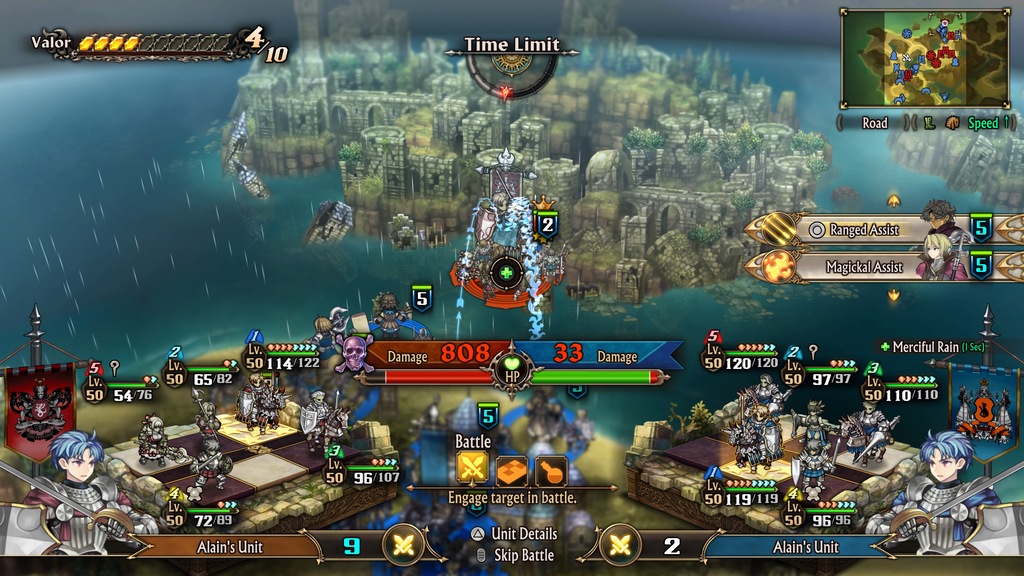
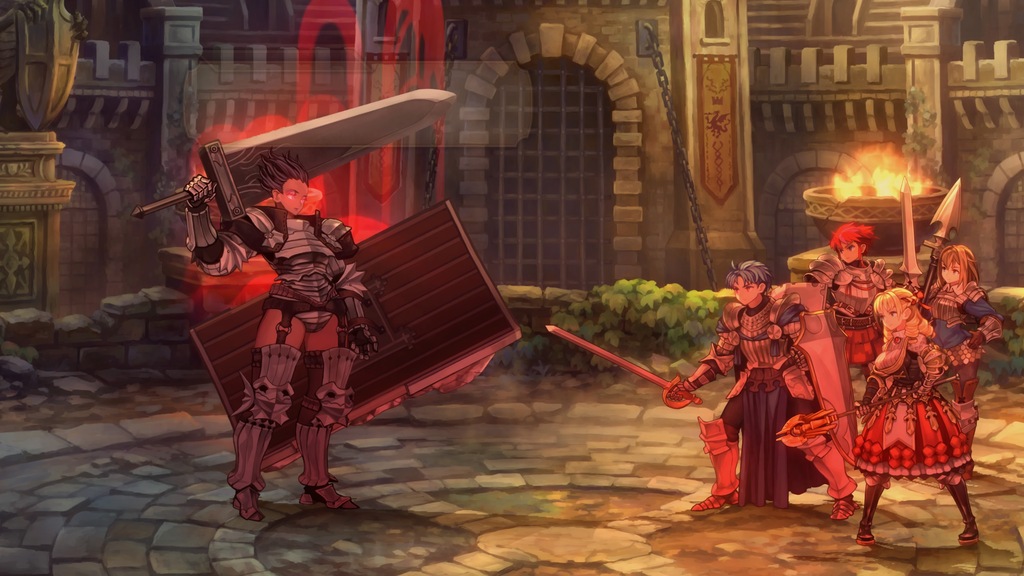

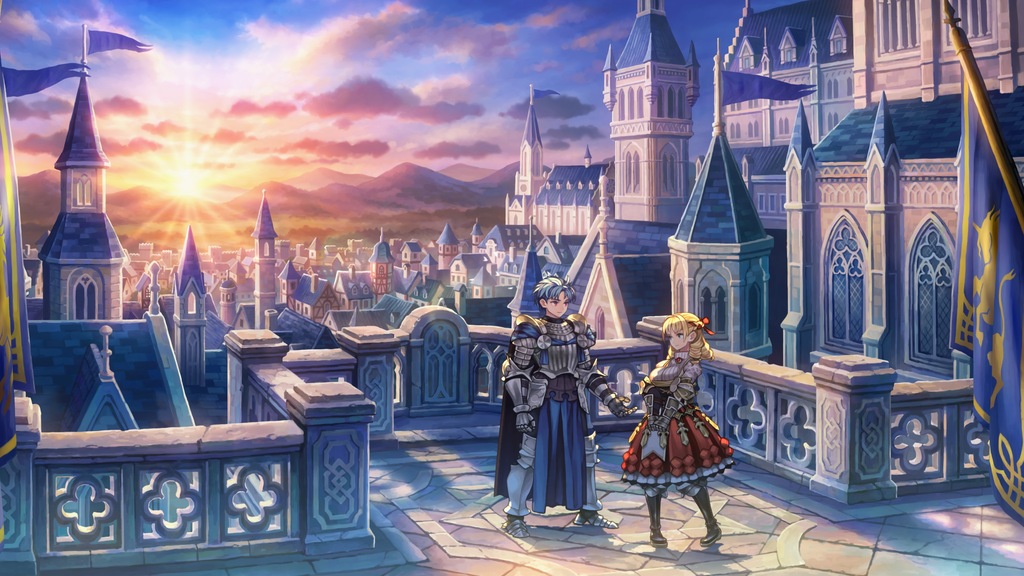
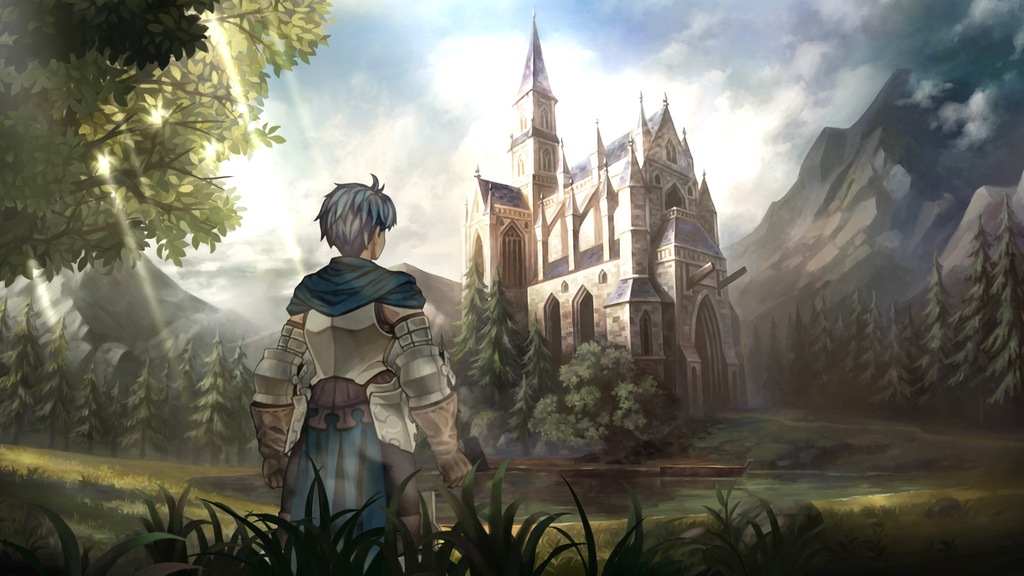

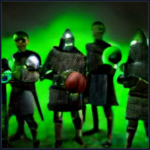

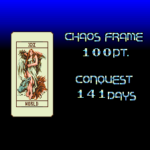
Wow, you really chew through games, eh? It takes me like 2 months to get through a 60 hour game! LOL
This one was definitely on my radar but now I’m even more excited for it.
I was pretty motivated — it’s my favorite genre of game AND Dragon’s Dogma II was on the way!